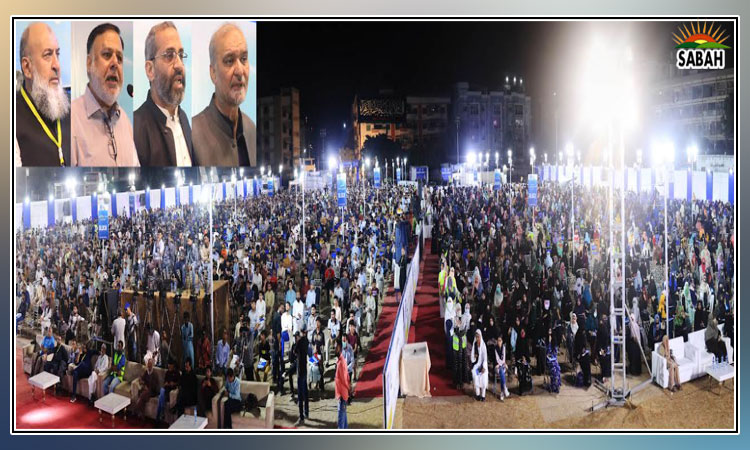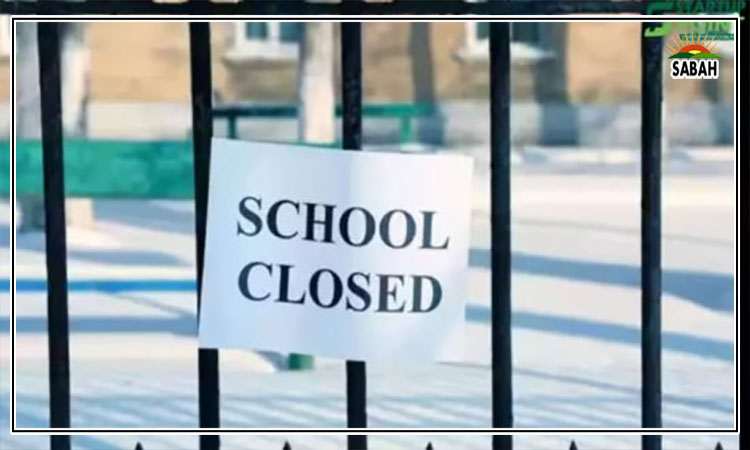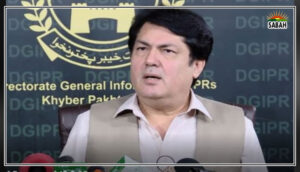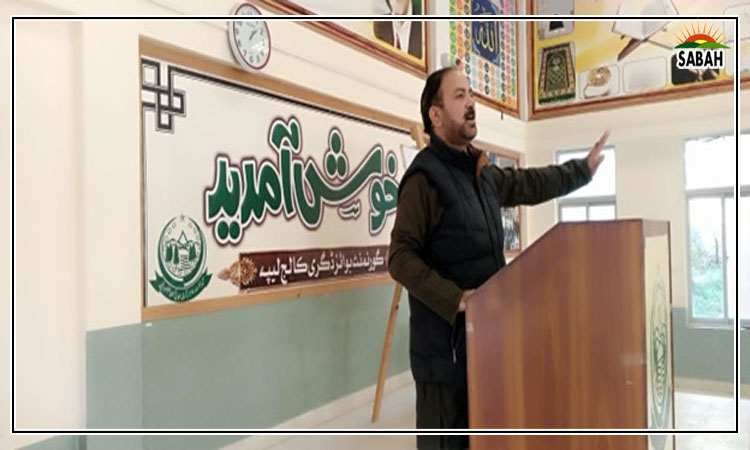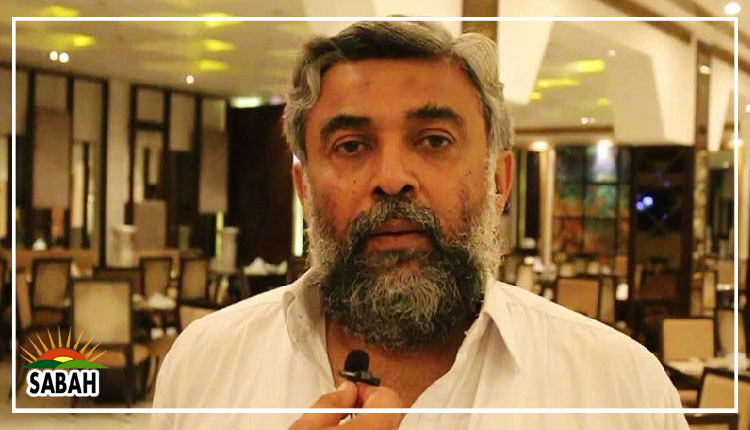The Labour victory…Khalid Bhatti
The Labour Party has won a landslide in the British general elections. With this vote, British voters have ended a 14-year-long Conservative rule, the ruling Conservative Party facing a humiliating defeat.
Labour Leader Keir Starmer has become the prime minister of Britain. Labour and Liberal Democrats are the real winners of this election while the Conservatives and Scottish National Party (SNP) are the real losers. The collapse in the support of both the Conservatives and the SNP paved the way for this massive Labour victory. Issues like the economy, immigration and the Palestine conflict played a key role in the demise of the Conservative Party.
The turnout was low at 60 per cent. It is the second-lowest turnout since 1885. The lowest turnout was 59 per cent in 2001. The turnout has been on the decline since 2001. The average turnout in the 1950s to 1990s was around 80 per cent. The low turnout means that many people have lost confidence in the political leadership.
Many people in the last couple of decades have concluded that no real change can come through elections. It has become increasingly difficult for voters to distinguish between political parties on the basis of their economic programmes and manifestos. All the mainstream parties have embraced the neoliberal free market ideology.
Differences still exist between the traditional rightwing capitalist Conservative Party and the social democratic Labour Party on many social issues like education, immigration, housing etc. But when it comes to the economy, there are hardly any. This situation has disillusioned many voters.
Working and young people are concerned about the National Health Services (NHS), the housing crisis, expensive higher education, falling incomes and decent jobs. No major political party is ready to address these issues in real terms. For instance, the Labour Party has made pledges to solve the housing and NHS crises but failed to come out with a clear programme and strategy to solve these issues.
Labour made big gains in the elections. In a house of 650, Labour has won 412 seats, more than needed to form the government. The Labour Party has made a gain of more than 217 seats. This is the second-best result for Labour as far as seats are concerned. In 1997, Tony Blair led the Labour Party and won 418 seats.
It seems a massive victory on the face of it and there is no doubt that Labour has made a huge increase in its seats but when it comes to popular votes the party made little gains. Labours seats increased from 201 to 412 but its vote share increased by less than two percentage points to 34 per cent (9.8 million votes).
Labour secured 34 per cent of the popular vote but won 63 per cent of the seats. It got less of the popular vote compared to the 2019 elections. Labour under Jeremy Corbyn got more than 10.3 million votes. The Conservatives got a 24 per cent vote share (6.8 million) but just 19 per cent seats. Reform UK (extreme rightwing party led by Nigel Farage) got 14 per cent of the popular vote (four million) but won one per cent of seats in parliament. Liberal Democrats got 12 per cent of the vote share resulting in 71 seats.
The Conservative Partys vote share dropped from 44 per cent to just 24 per cent, a decrease of 20 per cent. It is clear that Labours massive seat increase is not the result of a huge increase in its popular support but the consequence of the Tories collapse of support. Labour made big gains without massively increasing its popular support while popular support for the Tories simply collapsed.
Labour made big gains in the Midlands, north and south; Liberal Democrats mainly made gains in the south. The Conservative Party lost most of the seats in the south and Midlands. Overall, the Conservatives lost 251 seats they had won in the last elections. This is one of the worst results for the Conservatives and they can only blame themselves for this pathetic result. The Conservative government alienates not only ordinary people but also the middle class due to its economic policies.
The high inflation, economic crisis, austerity and cuts on social spending, falling living standards, immigration and Palestine policy played an important role in the crushing defeat of the Conservative Party. Many voters had preferred the Tories over Labour in the previous elections, thinking the party would fix the economy and address issues like unemployment, high inflation, high interest rates and poverty. But the Conservative government failed miserably in addressing the concerns of workers, pensioners and young people.
The Liberal Democrats also made big gains in these elections, winning 71 seats. In the last election, they had won just 15 seats. The SNP got 10 seats while smaller parties also won a few seats from Northern Ireland and Wales.
The Left outside the Labour Party has failed to make big inroads. The Workers Party led by George Galloway failed to win a single seat. The party secured more than 2, 00,000 (0.2 million) votes but without winning a single seat. George Galloway also narrowly lost his seat. The Trade Union and Socialist Coalition (TUSC) got just 12,000 votes.
The only good news for the independent Left is the victory of former Labour leader Jeremy Corbyn. He won as an independent candidate after the Labour Party withdrew his candidature from the Islington North constituency in London. He can become a rallying point for the Left in and outside parliament. Four other left-leaning independent candidates also made it to parliament.
The Green Party won four seats, getting seven per cent of the votes but just one per cent of the seats. They got more than one million popular votes. An alliance between the Greens, the Workers Party and other independent Left candidates could have made a big impact in the elections. But the weak Left failed to unite.
Courtesy The News


